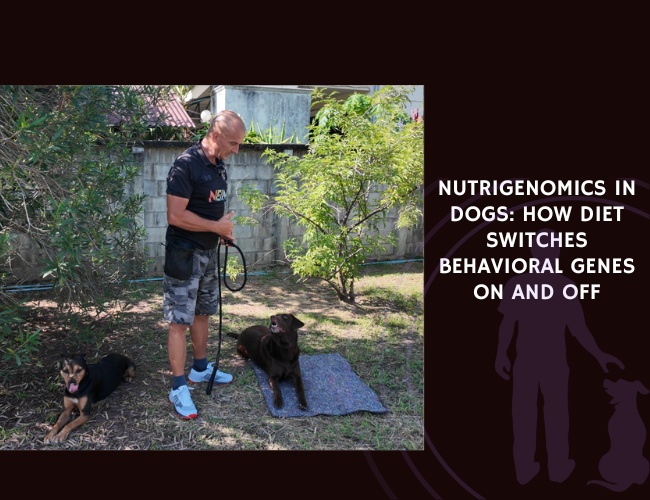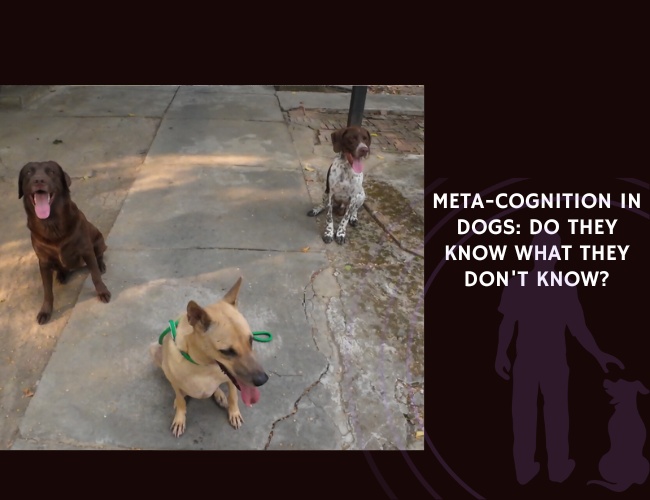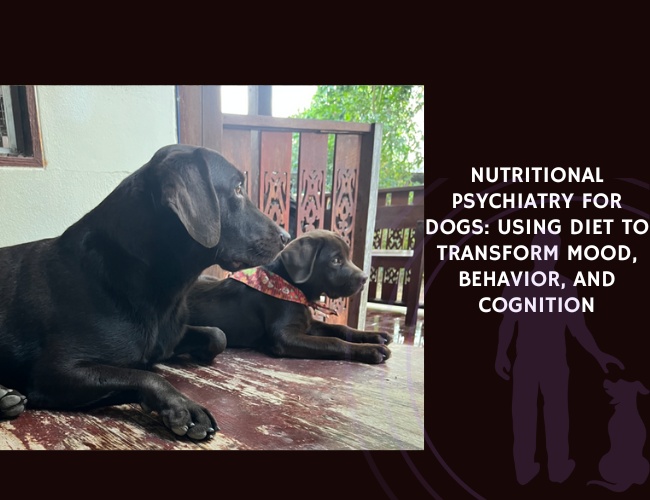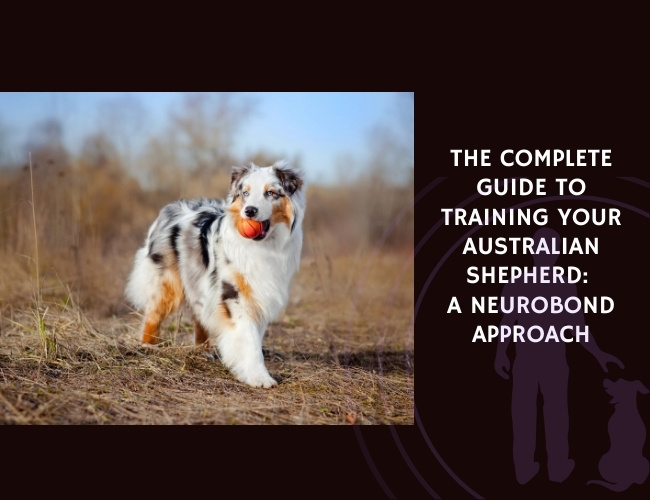Quick Facts about the Saluki
- Origin: Middle East
- Weight: Males: 20–30 kg, Females: 18–25 kg
- Life expectancy: 12–14 years
- Coat Colour: White, cream, fawn, golden, red, grizzle and tan, black and tan, or tricolour
- Breed Group: Hound
Elegant in stride and ancient in soul, the Saluki glides with grace and dignity. Known as the “Royal Dog of Egypt,” this sighthound brings a calm presence, unmatched speed, and noble loyalty into every home it joins.
Saluki History
The Saluki is one of the oldest known dog breeds, with roots tracing back over 4,000 years to the Fertile Crescent. Revered by ancient Egyptians, Persians, and nomadic Bedouins, Salukis were used to hunt gazelle and other swift prey across deserts and open plains.
These dogs were so treasured they were often mummified alongside pharaohs. Their cultural and spiritual significance earned them a near-sacred status in many regions of the Middle East. The breed was introduced to Europe in the 19th century, where it captivated fanciers with its combination of speed, elegance, and emotional restraint.
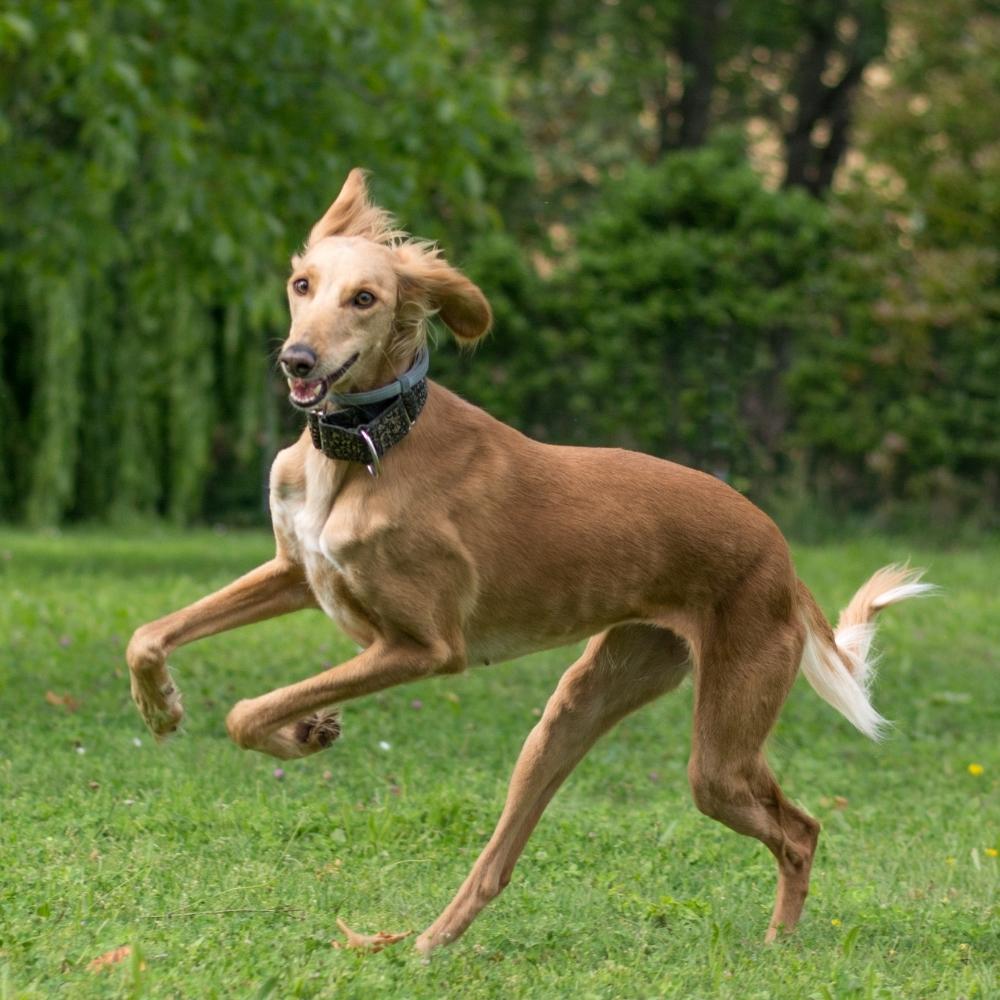
Saluki Temperament
Reserved, loyal, and deeply sensitive, the Saluki forms strong but selective bonds. While affectionate with its family, it may appear aloof with strangers and prefers calm over chaos. This breed thrives in stable environments with gentle guidance and clear boundaries.
Although intelligent, the Saluki’s independent nature and hunting drive make it better suited to positive reinforcement than repetitive commands.
Note: Salukis are emotionally perceptive but physically distant—they may rest nearby, not on your lap, yet remain deeply attuned to your energy.
Health and wellness
Salukis are lean, athletic, and long-lived, but they require specific care due to their physical build and metabolic sensitivity. Their low body fat makes them more vulnerable to temperature extremes and anesthetic complications.
Regular exercise is essential but should be done in secure areas—these sighthounds can take off at the sight of prey. Their thin skin and long legs also require care to prevent injury.
Significant problems:
Cardiomyopathy
Anesthesia sensitivity
Hypothyroidism
Autoimmune issues
Hip dysplasia (less common than in heavier breeds)
Life expectancy: 12–14 years
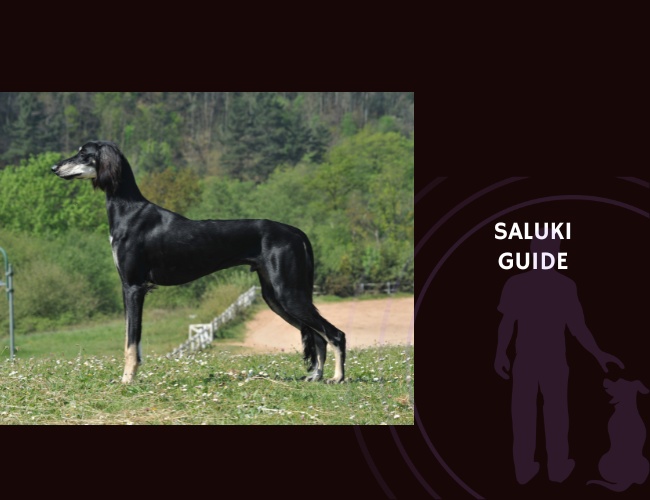
The Complete Guide to Saluki
🔍 Looking to go deeper into dog training?
Use these categories to explore targeted guides and articles on canine behavior, nutrition, obedience, entertainment, and more.

